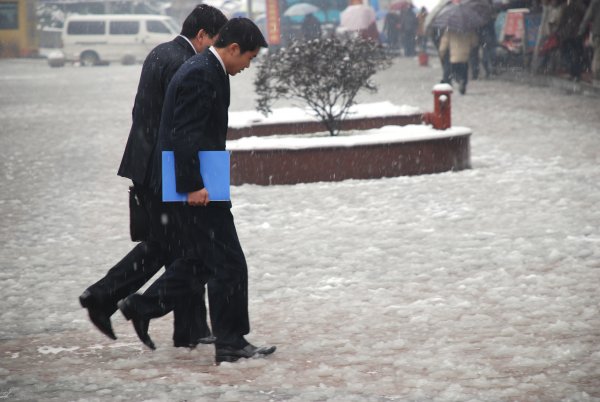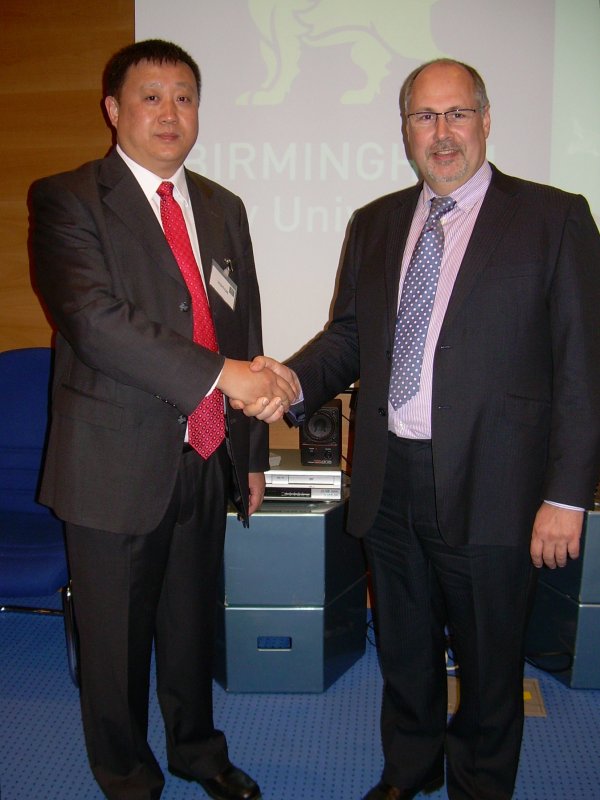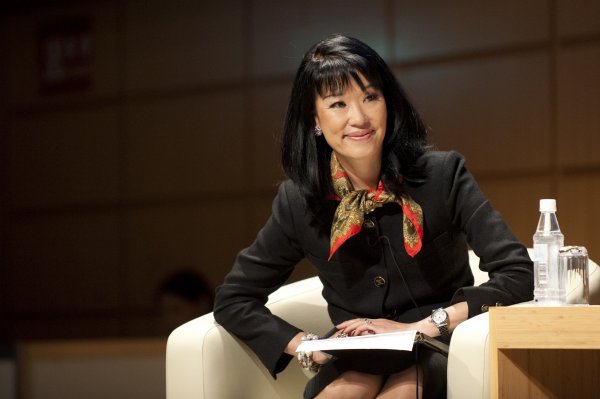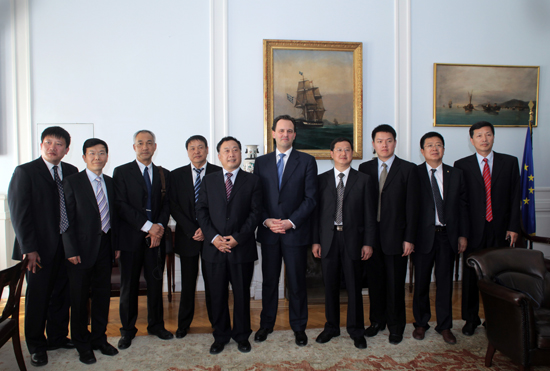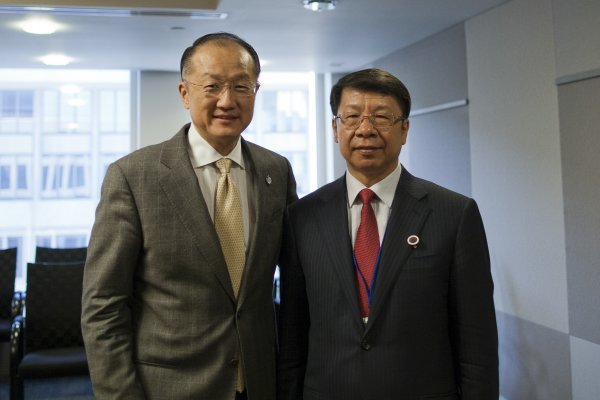Business Culture: Business Attire
Climate and Region
Because China covers more than nine million square kilometers (three million mi2), it features a diverse climate that varies from region to region. However, northern hemisphere residents will find the weather patterns familiar throughout, in that the country’s hottest weather occurs during July and August, while frigid temperatures arrive in many areas during January and February. Business travelers must consider their specific destinations when packing.
While Beijing and Shanghai are the two most well-known cities in China, several other cities are major locations for international business, including Dalian, Qingdao, Suzhou, Ningbo, and Shenzhen.Beijing, the capital, and Dalian are located in the northeastern part of the country; these cities feature bitterly cold winters and hot and dry summers. Frequent rain showers fall during the months of July and August, while the weather in September and November is pleasant, with moderate temperatures. Travelers to this area will see many heavy coats and boots during the winter months.
During the spring and summer seasons, this region features warm daytime temperatures and cold nighttime temperatures, so visitors should bring light jackets or coats for the evenings. The commerce and cultural center of China, Shanghai, is situated at the mouth of the Yangtze River, on the country’s east coast. This city, like Suzhou and Ningbo, features a humid, subtropical climate that has four distinct seasons. Summers tend to be hot and humid, while winters have freezing temperatures, yet snowfall is rare. The rainy season occurs during the summer months, so travelers should bring raincoats and umbrellas for visits between June and September.
As in most rural and tourist areas in China, visitors will see residents wearing modern, Western-style apparel, and also various forms of traditional Chinese clothing. Qingdao and Shenzhen are located along China’s east coast—Qingdao to the north, Shenzhen to the south—and both cities feature marine climates. Shenzhen is humid and subtropical, and Qingdao has a temperate monsoon climate. In both cities, visitors should prepare for warm, humid weather during the summer months; Shenzhen may be outright hot. Dryer, cooler temperatures prevail during the winter months. Travelers should bring raincoats and umbrellas during the rainy monsoon summer seasons. These areas have been predominantly tourist areas in the past, so business dress is more relaxed and casual in this region.
Meetings and Presentations
Chinese culture has gone through many significant changes since the beginning of the 21st century, and clothing styles have been dramatically affected. The familiar unisex Mao jackets and trousers, often in shades of blue or green, have been replaced by a Western style of dress in urban and commercial areas.
However, even with this Western influence, business dress remains conservative and unostentatious.Chinese men typically wear dark or medium-colored conservative business suits for work, and they expect their visiting counterparts to do the same. Jackets and ties are required, and bright colors of any kind are discouraged.
Chinese women generally wear conservative, modest business suits, dresses, or blouses with skirts. They do not show much skin, and visitors should emulate this style. Women business travelers should bring dark or neutral-colored clothing, such as in black, gray, beige, brown, or navy. They should also avoid wearing anything that is tightly fitted, sleeveless, or short sleeved.
Chinese women typically wear shirts with high necklines and skirts or dresses with hemlines below the knee. Women professionals should bring flat or low-heeled shoes, as it is considered disrespectful to tower over one’s hosts. Visitors are advised to don modest, yet high-quality jewelry, such as a simple gold watch and earrings.
Social and Networking Events
Plan on conservative, modest attire for social occasions, too. In China, men wear suits and ties to formal events, as tuxedos are not customary. Women should dress conservatively at formal events, without showing too much skin. High heels are only acceptable at a formal event that is hosted by a foreign diplomat.
Visitors who are invited to their host’s home should be prepared to remove their shoes at the door, so they should wear clean, presentable socks or stockings. Visitors of larger statures will find it very difficult to buy clothing in China, so they need to bring durable clothing that can be easily cleaned.
In casual settings, such as in personal recreation time or sightseeing excursions, jeans and sneakers are acceptable. Shorts are not commonly worn in China, so visitors should only bring a pair if they plan on using the hotel gym.
Article written for World Trade Press by Kerrie Main.
Copyright © 1993—2025 World Trade Press. All rights reserved.

 China
China 